This is going to be a little different.
With #GPCOL coming up this weekend it feels appropriate to talk about Legacy. I sort of got my brewing already out of my system, so it’s probably time to focus on more practical ways to prepare for the tournament. Despite loving Legacy it’s not something that I get to play very often anymore because I need to be focused on SCG Tour® main events instead of Classics, and as a result I thought I might be a little out of the loop on some of things people are doing. You might be as well, or simply not be familiar with the absolute wealth of decks and cards available for folks to choose to play with.
Hopefully this article will help a bit as I give some broad outlines on what people are doing and how they might be sideboarding. This may serve as a source of inspiration for your own archetype, or just give you a cheat sheet.
Some Notes On Legacy And The Article Format
As with just about everything always – this isn’t going to be comprehensive in regard to either archetypes or cards. Legacy is a massive format and has a ton of diversity and it would be impossible to cover every viable option.
I chose many of the most popular archetypes, especially on Magic Online, and plucked from those decklists as well as resources like Classics and IQ’s.
Keep in mind that there will be a lot of overlap. Legacy often demands we use the most efficient options, and those cards have risen to the top over a lot of tournament success.
There are two consistent trends – anti-blue cards and hate cards. The former is a nod to the fact that Brainstorm is the most powerful card in Legacy and Force of Will is the glue that prevents the format from running wild with degenerate combo decks. Blue is the most popular color by a wide margin and facilitates many different types of decks that exist because of their velocity and interaction. As a result, just about any red deck can, will, and likely should have access to Pyroblast or Red Elemental Blast. There are less common but similar trends such as the aggressive use of Choke in the format.
Hate cards are the other large portion of sideboard cards in the format. Over the years there have been a wealth of options printed that stop various types of strategies from doing anything at all, and these are incredibly attractive in Legacy. If your opponent can’t play or resolve spells, that’s just about as good as killing them. Many combo decks in particular will try to directly fight these cards or implement new strategies in their sideboard to maneuver around them.
Color fixing is accessible. It does not come without costs, but it’s possible to splash cards fairly easily in Legacy. Many established archetypes have variations that incorporate new colors for powerful interaction or hate. This will be a fairly common occurrence in this article.
I will be including decklists for use as a refresher or learning tool, but they are simply included for reference. We will be mainly focusing on potential sideboard cards and how archetypes may go about approaching utilizing their fifteen cards.
Finally, remember that you can always borrow from archetype to another!
Miracles
Creatures (8)
Planeswalkers (3)
Lands (22)
Spells (27)
- 4 Sensei's Divining Top
- 4 Brainstorm
- 4 Force of Will
- 3 Swords to Plowshares
- 4 Counterbalance
- 2 Ponder
- 1 Entreat the Angels
- 4 Terminus
- 1 Council's Judgment
Sideboard


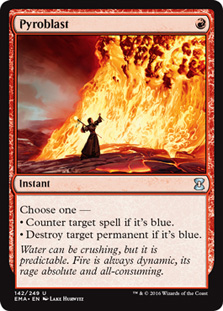
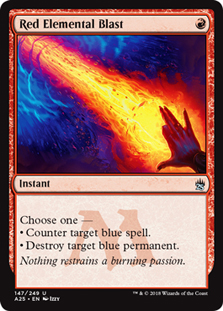
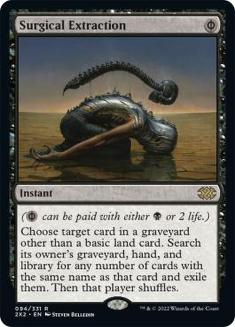
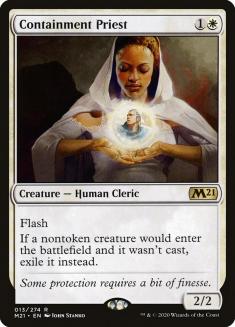
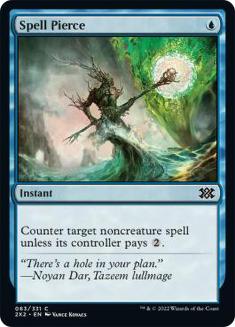
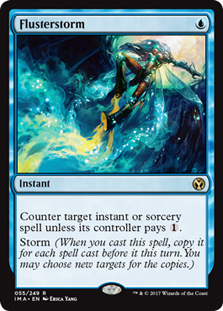
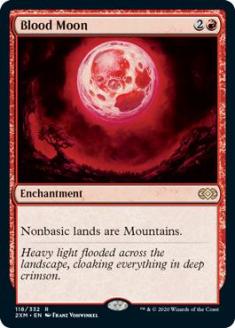
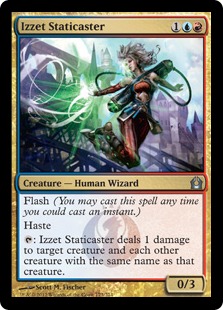
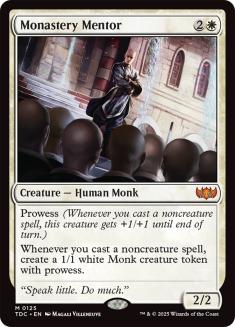
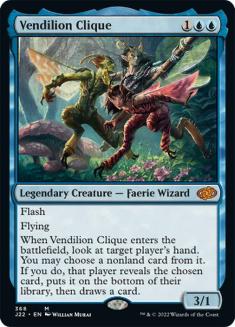

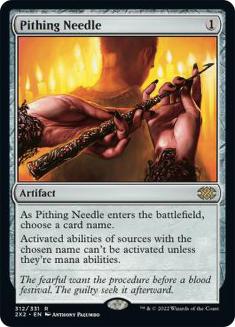
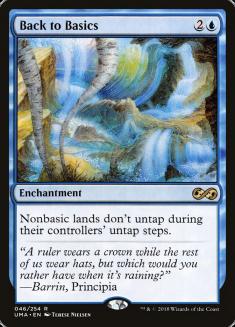
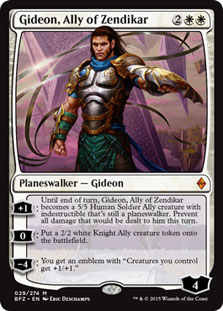
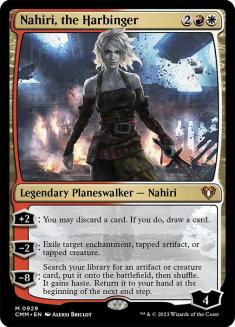
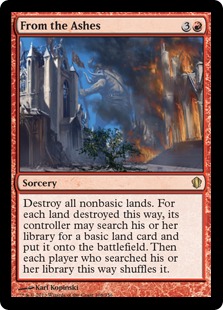
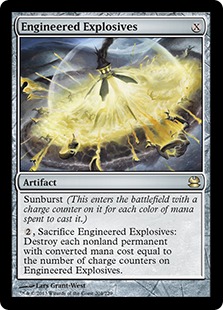
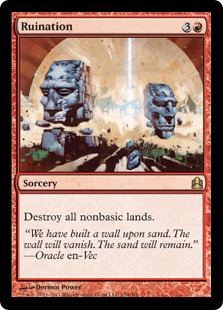
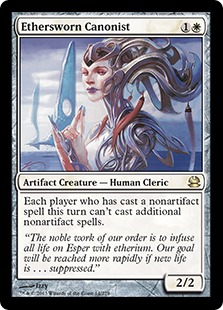
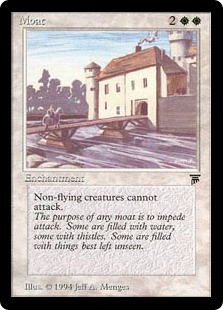
Miracles is an incredibly balanced deck and is typically the most popular as a result. In particular, its use of Swords to Plowshares and having access to multiple copies of a sweeper like Terminus makes it potent against creature decks. While Counterbalance can serve as a lock piece against many combo decks, it takes time, mana, and many physical slots in the deck to set up. As a result, Miracles does not have as much cheap interaction against non-creature spells as many of the more aggressively-slanted blue decks in Legacy. There is often more of a focus on this in Miracles sideboards.
Another issue is that Miracles often has a slow closing speed, and several decks have the potential to simply go over the top of it and mitigate Counterbalance. Monastery Mentor and efforts to disrupt an opponent’s mana are often a response to this. In particular, Miracles is well-suited to leverage Blood Moon and Back to Basics because the deck is so mana hungry and naturally interested in insulating itself from Wasteland already.
Due to the inclusion of Snapcaster Mage, many choose to play cheaper instant and sorceries as hate cards instead of more expensive and powerful permanents.
Eldrazi
Creatures (22)
Lands (25)
Spells (13)
Sideboard

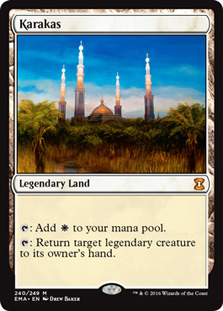

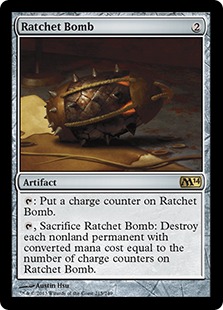
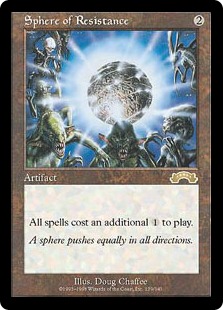
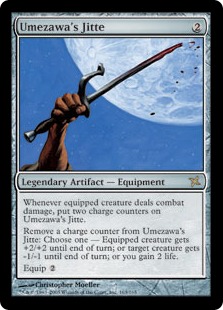
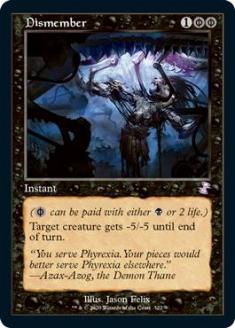
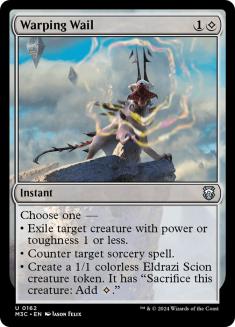
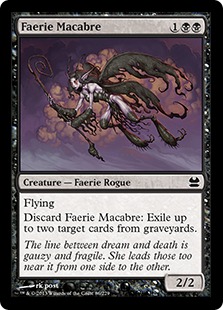
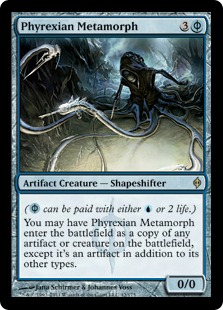
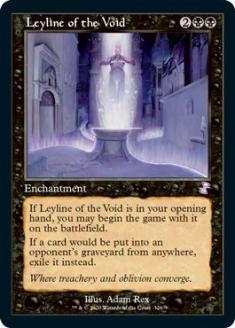
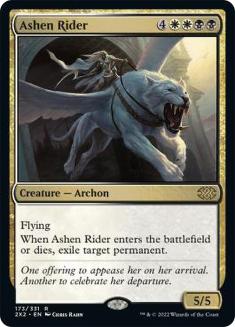
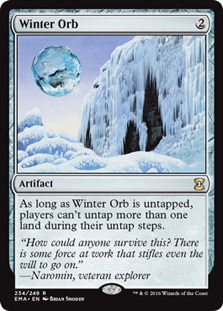
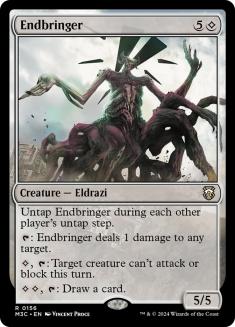
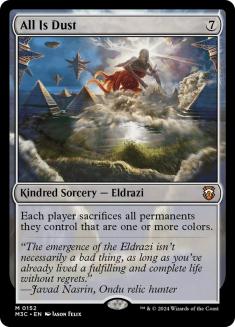
Eldrazi is the most common Chalice of the Void deck in Legacy right now. Due to the fact that it is trying to maximize the use of lands that produce two mana, it is often completely colorless. This leads most sideboards to be full of permanents that function as interaction and hate cards. In particular, I like the use of Winter Orb, something I’ve also seen in various Delver decks (which we’ll get to momentarily). Eldrazi knows that its greatest strength is constantly being at a mana advantage and as a result every piece of interaction it uses should strive to be incredibly efficient or absolutely back-breaking.
The fact that the deck needs a few very specific resources often leads it to being fairly weak at presenting several effective threats or disruptive elements, and many are starting to adapt to this fact. This may make more versatile answers like Warping Wail and Ratchet Bomb look more appealing than brute-force options from the Eldrazi side.
Ashen Rider is a commonly-played sideboard card to fight various Show and Tell decks as a means to back-door their combo.
Shardless Sultai
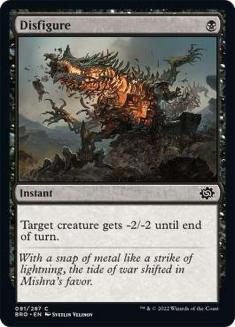


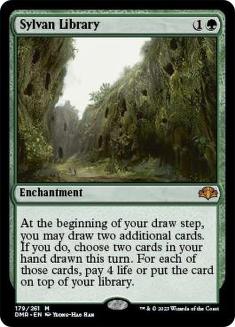

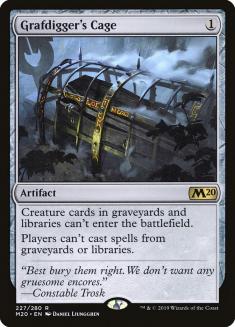
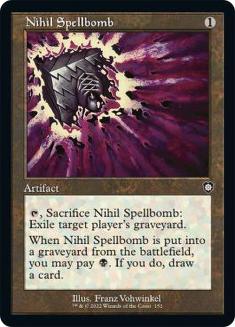
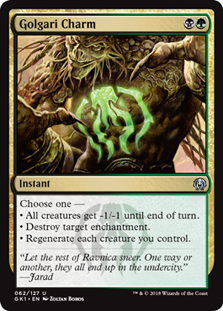
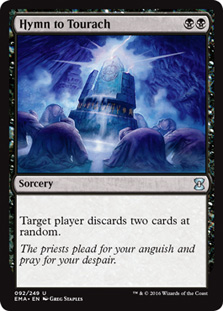
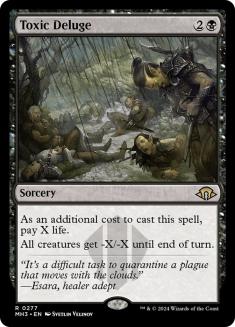
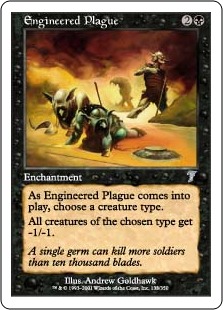
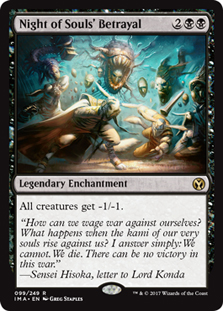
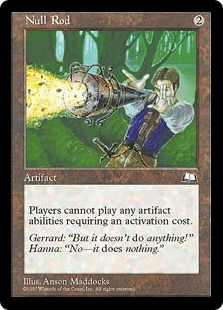

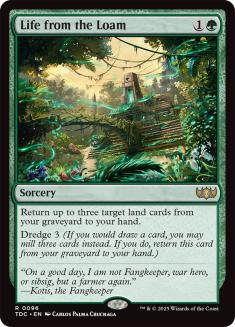

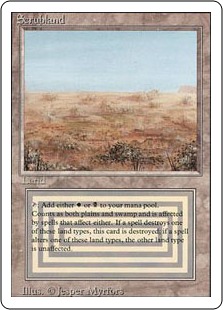
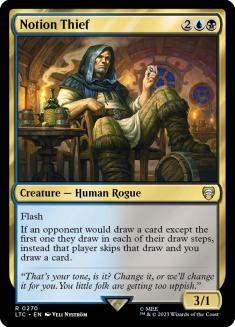
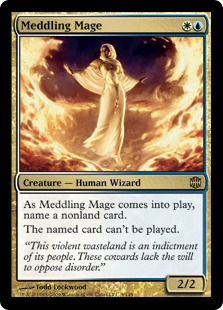
Shardless Sultai is equivalent to Jund in Modern. It seeks to be as efficient as possible on a turn-by-turn basis and utilizes tons of various card advantage elements to eventually wear out an opponent. It typically plays very little countermagic due to the inclusion of Shardless Agent, which helps contribute to the fact that it has a good matchup in blue mirrors but weaker matchups against combo.
As a result, its sideboard often includes permanents and hand disruption that the deck can cascade into as well as more cheap counterspells. A popular splash is white for Meddling Mage to serve as both a clock and disruptive tool against combo decks. This is particularly effective when Shardless can board into a package that utilizes various types of permanent hate cards, as it doesn’t dilute the effectiveness of the deck’s namesake.
Grixis Delver
Creatures (14)
Lands (18)
Spells (28)

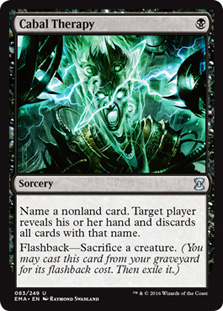


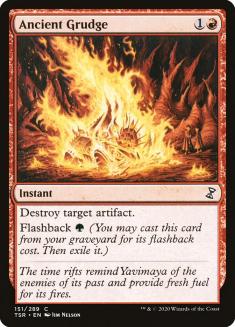




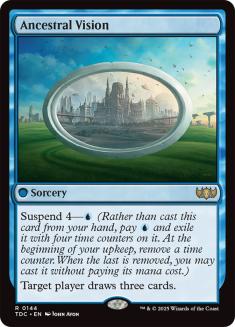

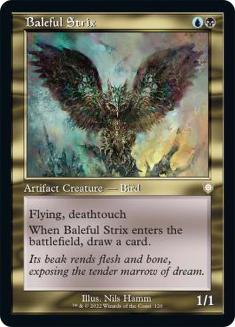
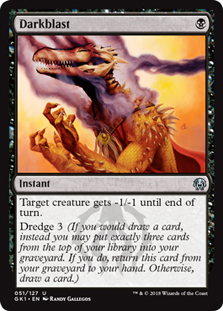
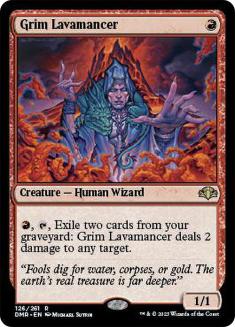
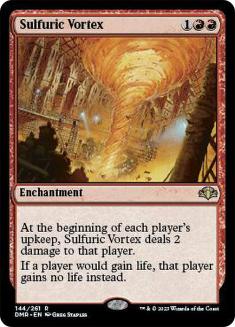
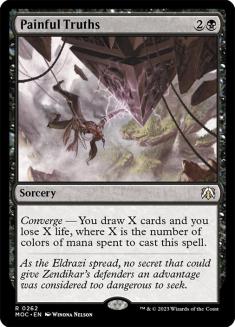
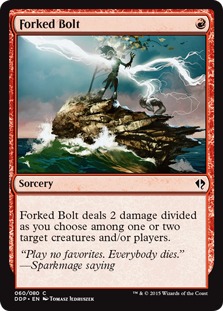

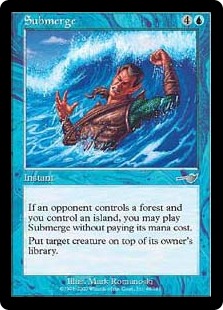
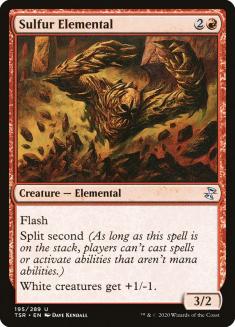
Grixis Delver is the premier Delver strategy of late because it utilizes Deathrite Shaman most effectively. This powerful one-drop not only gives the deck an additional form of disruption and mana advantage, it also serves to enable playing many colors in a deck with an incredibly low land count – four of which are Wastelands.
Grixis Delver is mostly just interested in shoring up small percentages in whatever matchup it is facing, and it always wants to do so with the cheapest options available relative to their power level. As I noted previously, Winter Orb is one of my favorite hate cards in this archetype since it is a cheap mana investment and plays great with Deathrite Shaman. Many lists have adopted the Cabal Therapy/Young Pyromancer package into their maindecks, but it is almost always a staple of the 75 and serves as a potent combination of pressure and disruption against combo strategies.
Sneak and Show
Creatures (8)
Lands (19)
Spells (33)





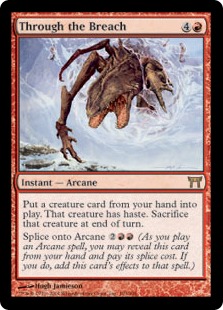
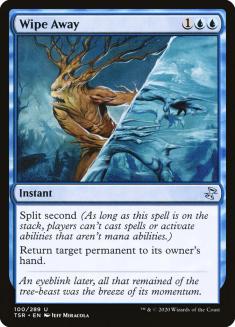
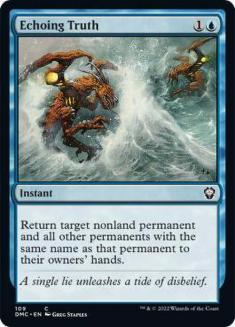
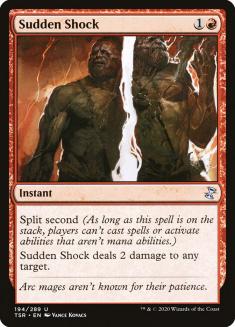

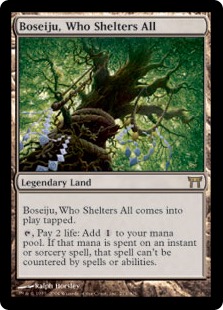
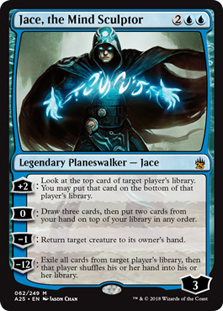

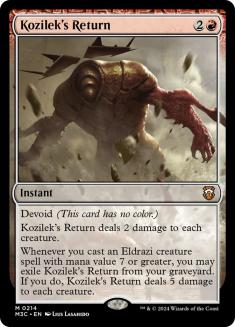
Sneak and Show’s place as a fast linear combo deck mostly means that it is interested in defending against whatever an opponent may do to try and stop it. There are a multitude of options to do this including getting hyper redundant with Through the Breach or mitigating counterspells with Boseiju, Who Shelters All.
While it is difficult to simply win the game with Jace, the Mind Sculptor, it is a popular tool for functionally making an opponent unable to fight through a perfect hand thanks to the fact that it generates a ton of card advantage as well as card selectivity. These kinds of options in addition to Blood Moon and other “expensive” cards are especially attractive since Sneak and Show plays a multitude of mana acceleration effects.
It is particularly important that these efforts to get diverse don’t blindside you should your intended plan against such combo decks be too linear.
Kozilek’s Return pops up from time to time in lists that are more slanted towards Omniscience as both a Cunning Wish target and in case you happen to be living some crazy world where casting Emrakul, the Aeons Torn isn’t already good enough.
U/R Delver
Creatures (12)
Lands (16)
Spells (32)






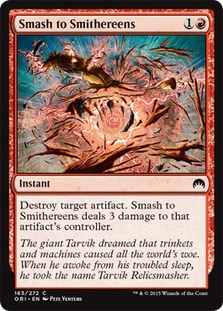
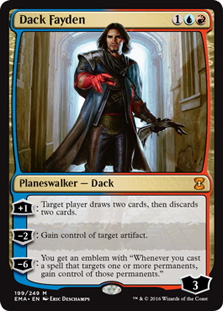
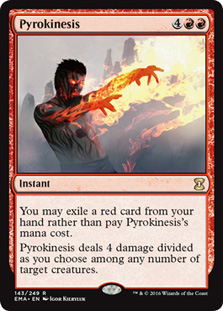


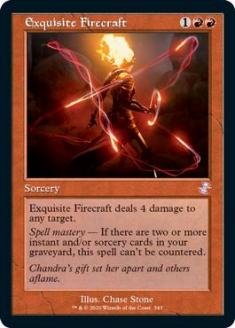
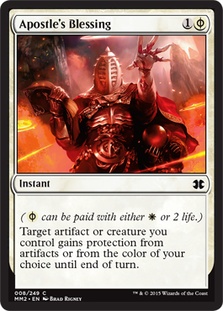


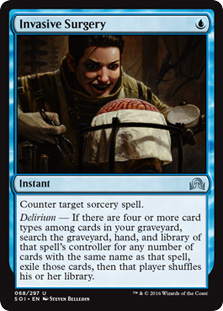
U/R Delver is a combination of Grixis Delver and Burn. It has a variety of defensive measures and the velocity of blue decks, but it pairs that with more reach and is focused on utilizing one or two threats to end games quickly. As a result, it is imperative that one removes U/R Delver’s clock in order to make their burn spells less potent.
Similarly, the Delver deck is interested in defending its threats or pairing its disruption with direct damage via cards such as Smash to Smithereens. Exquisite Firecraft is a recent addition that works well against all blue decks, but is strong particularly in the Miracles matchup. Delver may have all the time in the world to find a handful of copies that can’t be stopped by Counterbalance.
Storm
Lands (14)
Spells (46)

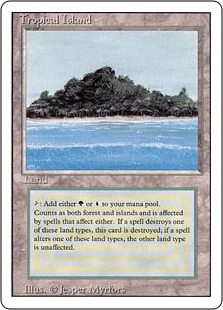
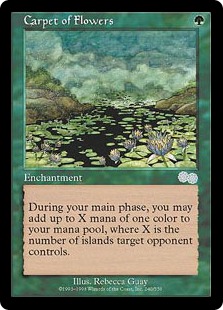
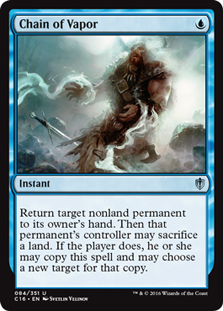

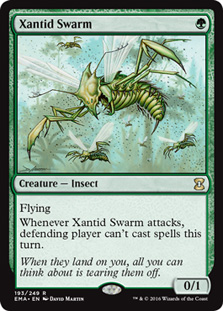
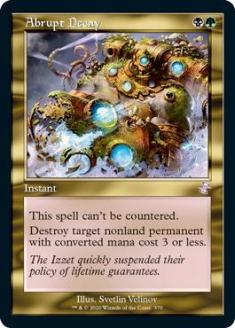
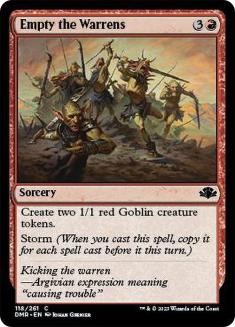
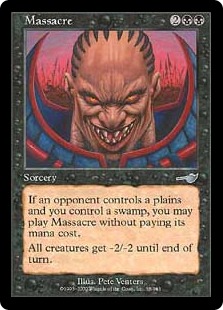
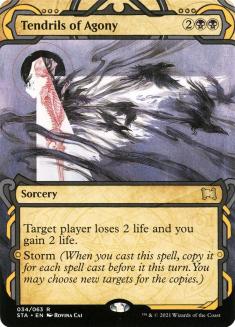

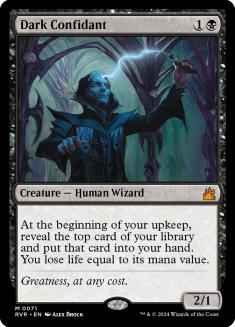
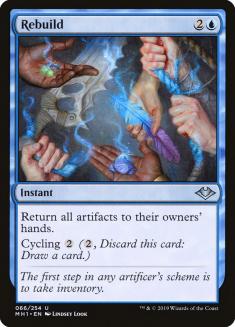

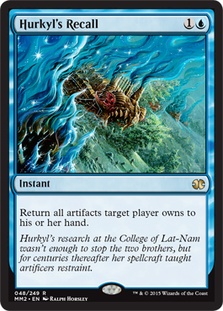


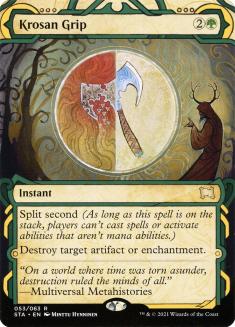


Storm has a variety of versions and even different names that I don’t fully understand the variations on. For the most part the important thing to keep in mind is that Storm does not simply fold to a few pieces of interaction. It is a deck built for resilience, and fighting through tons of counterspells is easy if it is given the time to do so. Instead, the most effective tools against Storm are various forms of hate that are lock pieces or apply pressure. This is why almost all Storm sideboards utilize cards like Abrupt Decay to fight through hate like Chalice of the Void.
Further, they also have means to fight a slew of counterspells like Carpet of Flowers and Xantid Swarm.
While the green splash is the most popular, I even ran across a list that wants to completely blindside opponents with Monastery Mentor. This makes a lot of sense as most decks will board out almost all of their removal, and it leverages any incidental discard and velocity nicely.
Infect
Creatures (12)
Lands (19)
Spells (29)

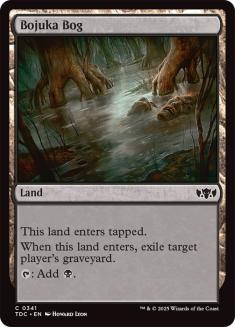
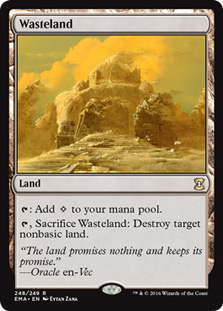


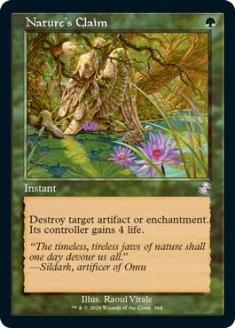

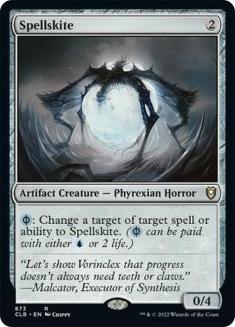

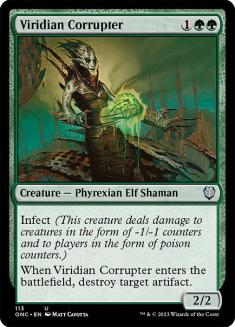
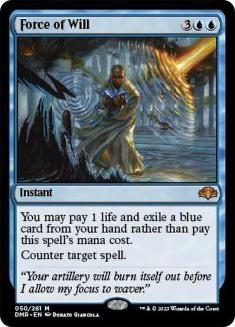


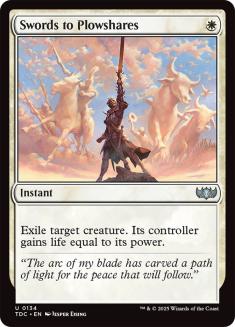


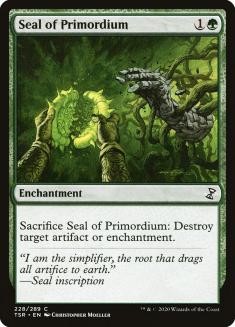



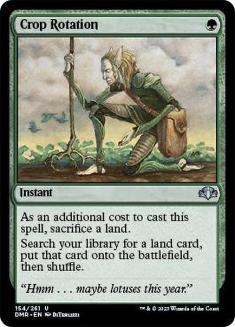
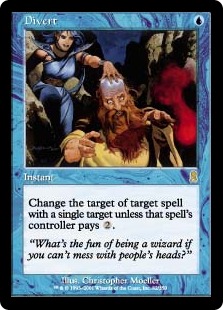
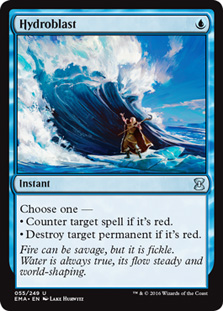
The Boss’s huge influence on the rise of Infect has also inadvertently caused many lists to be full of tricky singletons. Infect is a creature-based combo deck that is actively encouraged to draw redundant copies of its combo pieces.
Notably, despite being a blue deck that is aggressively slanted and features disruption, it often does not feature the maximum number of copies of cards like Force of Will and Daze. Typically, the redundant copies of these cards are in their sideboard for the extremely fast combo decks.
Another major theme is the use of various utility lands for Crop Rotation. The fact that it is possible to back-door graveyard hate and percentage points against Sneak and Show on your split-card win condition is an incredibly potent aspect of Infect.
Tom Ross himself has mostly dropped the white splash from his lists, but it remains a popular option as Swords to Plowshares functionally has no drawback in this deck and it can serve to buy a lot of time when Infect is perfectly capable of killing its opponents with chip shots.
Death and Taxes:
Creatures (26)
- 4 Mother of Runes
- 2 Mangara of Corondor
- 3 Flickerwisp
- 4 Stoneforge Mystic
- 4 Phyrexian Revoker
- 4 Thalia, Guardian of Thraben
- 1 Vryn Wingmare
- 4 Eldrazi Displacer
Lands (23)
Spells (11)


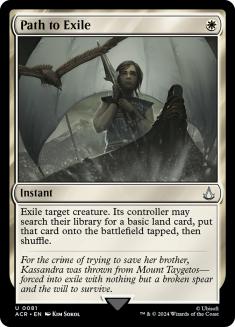




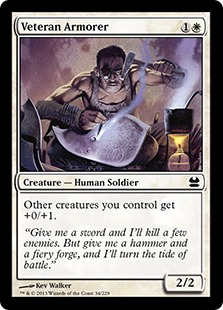

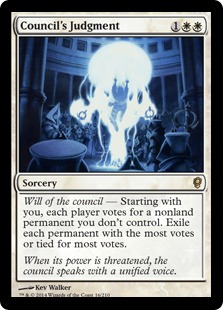
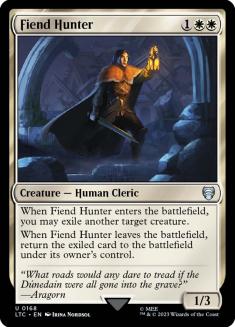
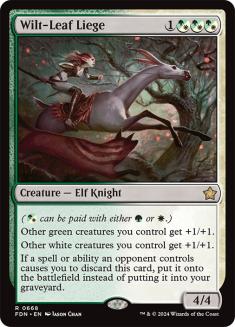
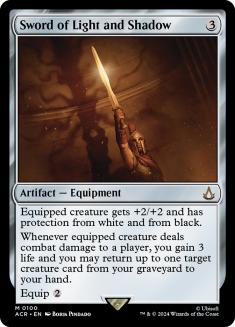
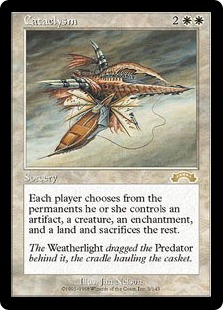
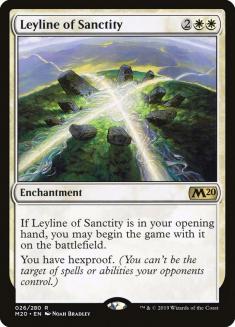
I do want to specifically note that the winning list from the #SCGATL Classic has Eldrazi Displacer in its maindeck and it looks awesome. The synergy with Mangara of Corondor is incredibly powerful and can be more efficient than the Karakas loop, plus there are plenty of other small interactions with which to leverage the powerful Eldrazi.
The “Mono-White Control” deck has some similar issues as the colorless Eldrazi deck in that it is one color and is largely interested in utilizing permanents as sideboard cards. This is especially compounded by the presence of Aether Vial and Thalia, Guardian of Thraben, both of which are interested in maximizing creatures specifically.
Death and Taxes plays on the battlefield well and is capable of constricting an opponent’s mana, but it often has difficulty presenting a potent clock. These factors can lead combo decks that are less vulnerable to cards like Karakas to go over the top of the white deck.
Punishing Loam:
Creatures (10)
Planeswalkers (3)
Lands (27)
Spells (20)



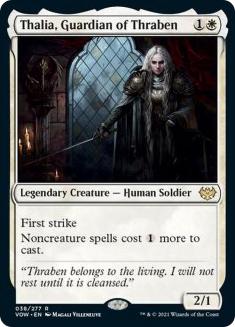


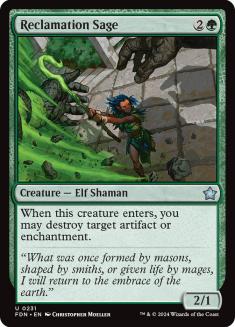
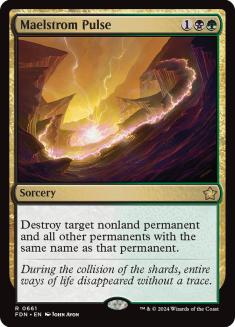
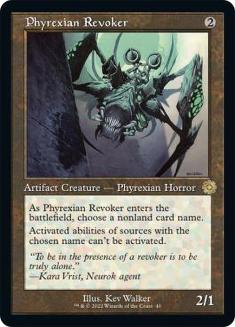

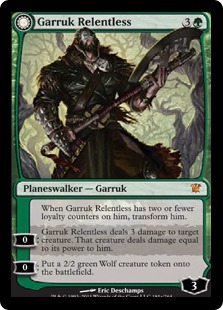
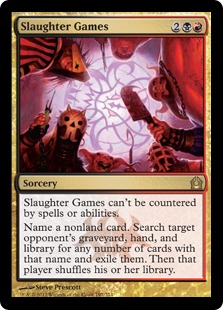

Probably the weirdest thing about this deck is that there was very little variation amongst sideboards in the specific lists I found. It’s hard to believe that when we’re talking about a four-color deck with various toolbox elements, but maybe it just has been largely figured out.
Punishing Loam is interesting in that it has many elements of Lands as well as those of more midrange decks like Shardless Sultai and Jund. The fact that the deck has access to turn-one Chalice of the Void is a huge boon towards getting free wins and it is difficult to fight a deck that can always just challenge you on a different axis – including the ability to assemble the Marit Lage combo without having to even so much as cast a spell. That being said, its sideboard is mostly full of generic permanents and the deck’s reliance on Chalice of the Void limits it to some less-efficient options.
It is important to note that many of the sideboard choices being made in these decks are creatures and removal is fairly effective against the deck. Punishing Loam also has difficulty dealing with more expensive permanents that can’t be killed by Punishing Fire or Abrupt Decay.
Burn
Creatures (14)
Lands (19)
Spells (27)




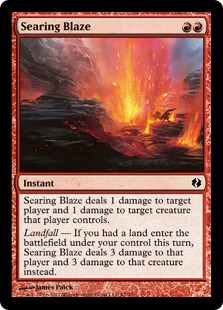





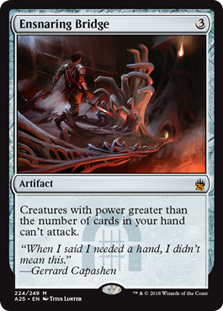
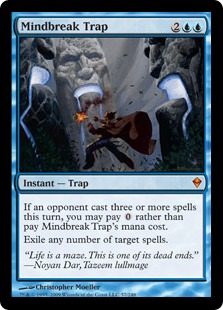

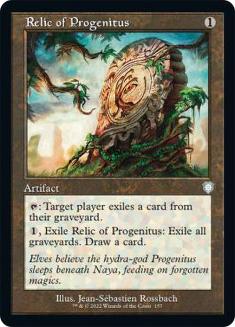
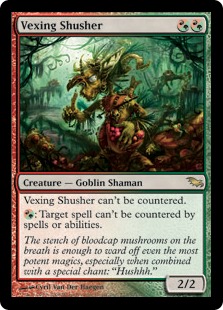
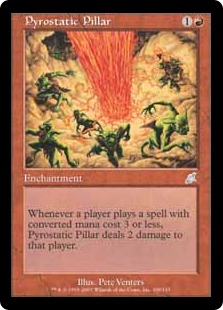
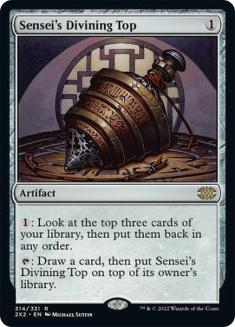
Burn is a straightforward combo deck in disguise. It just needs to assemble between five and seven of its hyper-redundant cards and resolve them. Once you realize that, playing against the deck is mostly just an exercise in either trying to race them or lock them out of the game.
Due to the fact that Burn needs such a critical mass of resources to kill their opponents, they are largely interested in just playing spells that are over-the-top powerful or have damage clauses attached to them.
Ashen Rider and Ensnaring Bridge are particularly good examples of the former, as they can immediately kill or lock out an opponent when they work even though they are often poor draws.
Having access to Eidolon of the Great Revel and Pyrostatic Pillar can certainly shore up a variety of combo matches, and may even make for an interesting argument to include any incidental enchantment interaction a combo deck may have access to in post-board games in the matchup.
Painter
Creatures (16)
- 2 Goblin Welder
- 4 Imperial Recruiter
- 1 Jaya Ballard, Task Mage
- 2 Simian Spirit Guide
- 1 Magus of the Moon
- 4 Painter's Servant
- 1 Phyrexian Revoker
- 1 Spellskite
Planeswalkers (1)
Lands (19)
Spells (24)


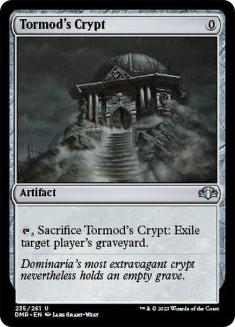







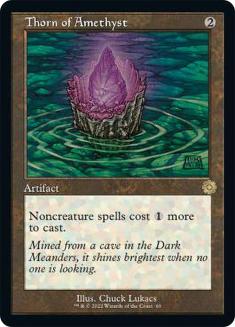
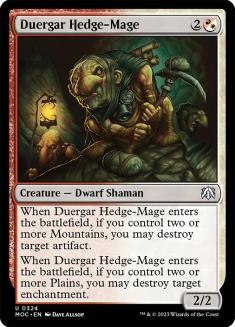

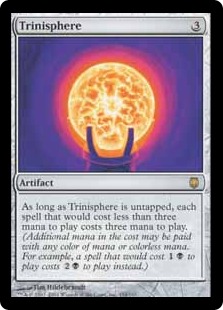
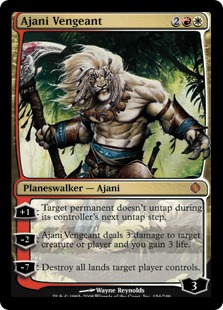
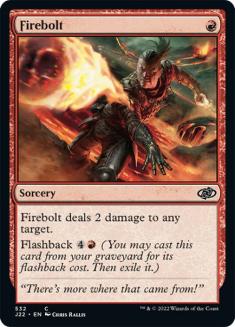
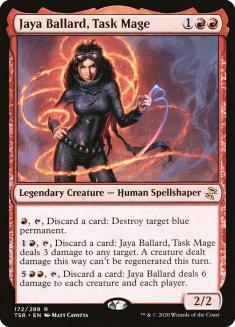
Imperial Painter’s greatest strengths are the fact that it has access to fast Blood Moons and the “excuse” to maindeck a bunch of “blasts.” Any deck that is naturally weak to a Blood Moon has a nightmare matchup against Painter decks, particularly if it’s blue.
All of this is complimented by the fact that deck can incidentally combo kill you.
White is a common light splash because it has a ton of utility in this archetype, finding various forms of disruption or combo pieces.
Pound for pound, Imperial’s cards are fairly weak and any deck that is largely unaffected by Blood Moon will likely have an advantage in the matchup.
Lands
Lands (35)
Spells (25)
Sideboard

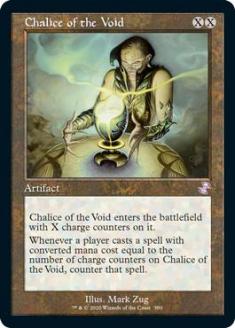





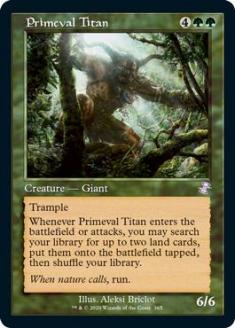




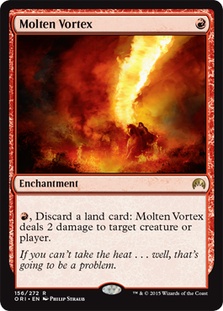


Lands is one of the best “fair” decks in Legacy, and it won the last American Legacy Grand Prix in the hands of Jarvis Yu. Perhaps calling the deck “fair” is a bit unreasonable when it can kill in the first few turns of the game though.
Lands is excellent at denying an opponent mana and making combat difficult, but it is vulnerable to combo decks with fast mana that can ignore Karakas. Graveyard hate and cards like Counterbalance are also great against the deck, which is why Abrupt Decay gets the nod as Lands’s anti-hate card of choice.
Most of the deck’s sideboard slots are going to be devoted to trying to shore up combo, and fighting against Lands will largely be about beating their maindeck and trying to mitigate the effectiveness of cards like Wasteland and Maze of Ith for other fair decks.
Good Luck In Columbus!
This was simply a broad overview of many of the popular sideboard cards and decks of Legacy. This article format is certainly nothing I’ve tried before, so I’d be interested to hear any feedback on whether this snapshot approach works or doesn’t. Or just let me know how excited you are to dust off your Brainstorms this weekend!

